Power Chess for Kids Volume 2Charles Hertan Power Chess for Kids Volume 2 More Ways to Think Ahead and Become One of the Best Players in Your School New In Chess 2013 2013 New In Chess Published by New In Chess, Alkmaar, The Netherlands
www.newinchess.com All rights reserved. No part of this book may be reproduced, stored in a retrieval system or transmitted in any form or by any means, electronic, mechanical, photocopying, recording or otherwise, without the prior written permission from the publisher. Photos: New In Chess Archives, Photo of the author (page 153): Jerry Rubin Have you found any errors in this book? Please send your remarks to and implement them in a possible next edition. Cover design: Volken Beck Artwork: Zander Dekker Supervisor: Peter Boel Proofreading: Ren Olthof Production: Anton Schermer ISBN: 978-90-5691-479-0 Reintroducing the Main Characters Plus One! Four fun characters return to help you learn power moves and think ahead like a pro: Zort from Zugzwang  A teenaged computer from planet Zugzwang, his favorite hobbies are chess, facebook and googling. Zort created a splash with earth kids in Power Chess for Kids: Volume One by using his amazing computer board sight to show whats really going on in complicated variations and key positions. The Dinosaurs
A teenaged computer from planet Zugzwang, his favorite hobbies are chess, facebook and googling. Zort created a splash with earth kids in Power Chess for Kids: Volume One by using his amazing computer board sight to show whats really going on in complicated variations and key positions. The Dinosaurs  The Dinosaurs symbolize players in the first great chess tournaments, from around 1850 to the 1890s.
The Dinosaurs symbolize players in the first great chess tournaments, from around 1850 to the 1890s.
Like Tyrannosaurus Rex they were crude and deadly, always playing for the kill and producing many exciting power moves. Power Chess Kids  Chess kids of the world ask typical kids questions about winning master tactics and calculation of power moves.
Chess kids of the world ask typical kids questions about winning master tactics and calculation of power moves.  The chess professor answers kids questions with wit and wisdom, giving you important winning tips! Finally, introducing an amazing new character
The chess professor answers kids questions with wit and wisdom, giving you important winning tips! Finally, introducing an amazing new character  Knelly the Knight Knelly volunteered to be the voice of the pieces for this book, giving important advice about what each piece wants, and how to use its powers most effectively! Introduction To Volume Two In Power Chess for Kids, Volume One, we studied four key tricks for thinking 1.5 power moves ahead, and four essential master tactics that win games. We learned that most kids think only of moves they want to make; but to become a tiger, the most important chess skill is to analyze a productive move for yourself, find the opponents best answer, and then learn to see one more move ahead (this is what we mean by 1.5 power moves). Meanwhile, to help you catch up, heres a very quick review of the eight key concepts of Power Chess for Kids Vol. 1.
Knelly the Knight Knelly volunteered to be the voice of the pieces for this book, giving important advice about what each piece wants, and how to use its powers most effectively! Introduction To Volume Two In Power Chess for Kids, Volume One, we studied four key tricks for thinking 1.5 power moves ahead, and four essential master tactics that win games. We learned that most kids think only of moves they want to make; but to become a tiger, the most important chess skill is to analyze a productive move for yourself, find the opponents best answer, and then learn to see one more move ahead (this is what we mean by 1.5 power moves). Meanwhile, to help you catch up, heres a very quick review of the eight key concepts of Power Chess for Kids Vol. 1.
Even if you read Vol. 1, you should at least skim this section for a quick refresher and fun new positions. Eight Key Concepts from Volume One: 1. Know and Use the Values of the Pieces: Queen = 9 Points Rook = 5 Bishop or Knight = 3 Pawn = 1 The King is priceless; if you lose him you lose the game. But to show what a good attacker he is when few pieces are left, and its safe enough for him to advance, the K has an attacking value of about 3.5 points. As noted in Power Chess One, The first thing a master does when s/he looks at a position is count the material on the board using these simple values.
Power moves and master tactics cant help you win, unless you can figure out whose pieces are worth more at the end of your calculations! Erik Martinez Ramirez - Garagatagli Skelleftea 2013 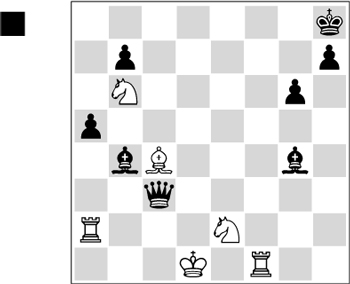 A recent game showcases four key concepts of Book One. The first task: use the values to figure out whos ahead, especially in a position like this with great material imbalance! By the way, skip the Ks when counting pieces both sides always have one! SoWhite has two Rs for 10 points, plus three minor pieces (bishops and knights are also called minor pieces, while rooks and queens are nicknamed major pieces) 9 points. So Whites material count is 19 points. Black has a Q for 9, 2 Bs for 6, and 4 pawns for a total of also 19 points. Materially the game is even, but Black has a strong attack. With his next move he made White resign! How? He looked 1.5 power moves ahead and found a winning shot using two Volume One master tactics, a fork and a sneaky pin.
A recent game showcases four key concepts of Book One. The first task: use the values to figure out whos ahead, especially in a position like this with great material imbalance! By the way, skip the Ks when counting pieces both sides always have one! SoWhite has two Rs for 10 points, plus three minor pieces (bishops and knights are also called minor pieces, while rooks and queens are nicknamed major pieces) 9 points. So Whites material count is 19 points. Black has a Q for 9, 2 Bs for 6, and 4 pawns for a total of also 19 points. Materially the game is even, but Black has a strong attack. With his next move he made White resign! How? He looked 1.5 power moves ahead and found a winning shot using two Volume One master tactics, a fork and a sneaky pin.
The move 1Qd4+! is a queen fork. Forks attacks two pieces at once, here the K and the Nb6.  Wait a minute! Cant the Ne2 take Blacks Q?
Wait a minute! Cant the Ne2 take Blacks Q?  No, because the N is pinned to the K by the Bg4! Book One called this a sneaky pin. The N appears to protect d4, but doesnt because taking the Q would illegally expose the WK to capture. White resigned since after 2.Kc1 Qxb6 hes down three points with a lousy position. This is a winning edge between masters.
No, because the N is pinned to the K by the Bg4! Book One called this a sneaky pin. The N appears to protect d4, but doesnt because taking the Q would illegally expose the WK to capture. White resigned since after 2.Kc1 Qxb6 hes down three points with a lousy position. This is a winning edge between masters.
This mini-combination shows one more key concept from Book One: Check moves bang! Heres a key secret to seeing 1.5 moves ahead: when you have a checking possibility, try to look ahead and see his best answer, plus your best second move. (A full move in chess means your move plus his reply, so 1.5 moves = a full move plus your second move.) This will win you many games, but it takes practice! Studying the last diagram carefully, youll see that the BQ has 8 possible checking moves(!), but they all lose, except the winning check moves bang!fork 1Qd4+!. 2. The Quick Count Use this master calculation trick when a piece is attacked and protected many times, to quickly and accurately assess who comes out on top. Heres a typical situation in the Ruy Lopez opening: 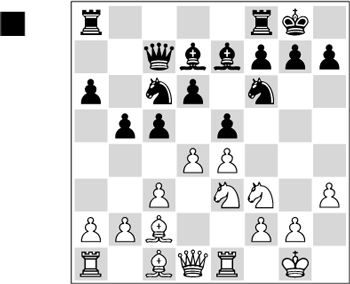 Black to move can he win the d4-pawn?
Black to move can he win the d4-pawn?  Computers use the brute force method to see if the d-pawn is protected: 1cxd4 2.cxd4 exd4 3.Nxd4 Nxd4 4.Qxd4 is an even trade, and the Ne3 protects the Bc2.
Computers use the brute force method to see if the d-pawn is protected: 1cxd4 2.cxd4 exd4 3.Nxd4 Nxd4 4.Qxd4 is an even trade, and the Ne3 protects the Bc2.  Thanks for the advice, Zort, but humans arent machines! Computers have perfect board sight they see the exact position in their brains even when calculating four moves ahead.
Thanks for the advice, Zort, but humans arent machines! Computers have perfect board sight they see the exact position in their brains even when calculating four moves ahead. 
Next page
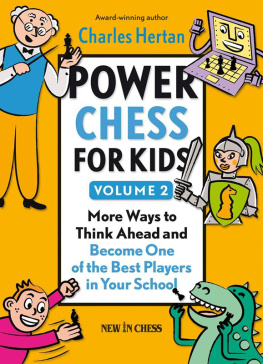
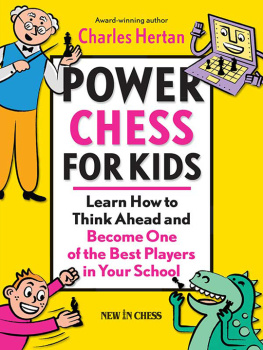
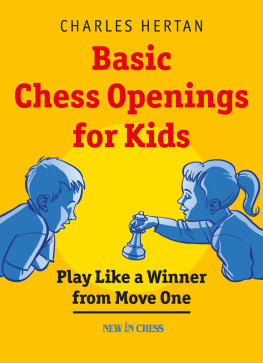
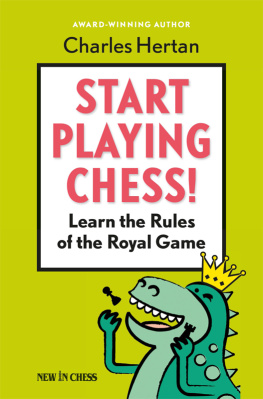
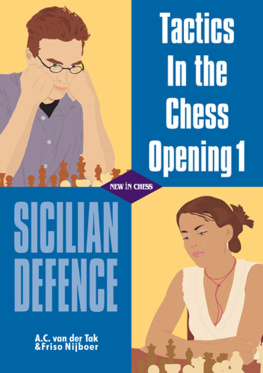

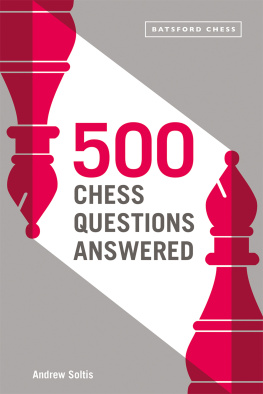
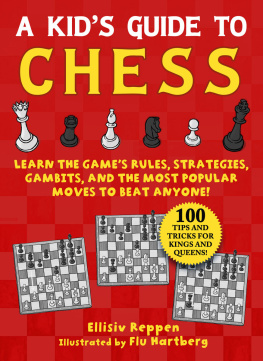

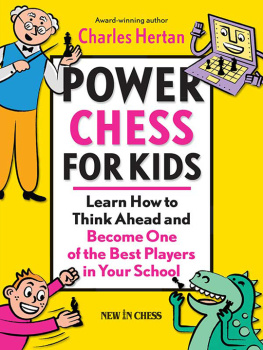

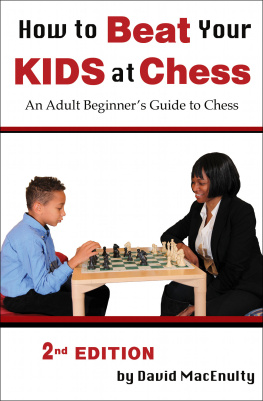
 A teenaged computer from planet Zugzwang, his favorite hobbies are chess, facebook and googling. Zort created a splash with earth kids in Power Chess for Kids: Volume One by using his amazing computer board sight to show whats really going on in complicated variations and key positions. The Dinosaurs
A teenaged computer from planet Zugzwang, his favorite hobbies are chess, facebook and googling. Zort created a splash with earth kids in Power Chess for Kids: Volume One by using his amazing computer board sight to show whats really going on in complicated variations and key positions. The Dinosaurs  The Dinosaurs symbolize players in the first great chess tournaments, from around 1850 to the 1890s.
The Dinosaurs symbolize players in the first great chess tournaments, from around 1850 to the 1890s. Chess kids of the world ask typical kids questions about winning master tactics and calculation of power moves.
Chess kids of the world ask typical kids questions about winning master tactics and calculation of power moves.  The chess professor answers kids questions with wit and wisdom, giving you important winning tips! Finally, introducing an amazing new character
The chess professor answers kids questions with wit and wisdom, giving you important winning tips! Finally, introducing an amazing new character  Knelly the Knight Knelly volunteered to be the voice of the pieces for this book, giving important advice about what each piece wants, and how to use its powers most effectively! Introduction To Volume Two In Power Chess for Kids, Volume One, we studied four key tricks for thinking 1.5 power moves ahead, and four essential master tactics that win games. We learned that most kids think only of moves they want to make; but to become a tiger, the most important chess skill is to analyze a productive move for yourself, find the opponents best answer, and then learn to see one more move ahead (this is what we mean by 1.5 power moves). Meanwhile, to help you catch up, heres a very quick review of the eight key concepts of Power Chess for Kids Vol. 1.
Knelly the Knight Knelly volunteered to be the voice of the pieces for this book, giving important advice about what each piece wants, and how to use its powers most effectively! Introduction To Volume Two In Power Chess for Kids, Volume One, we studied four key tricks for thinking 1.5 power moves ahead, and four essential master tactics that win games. We learned that most kids think only of moves they want to make; but to become a tiger, the most important chess skill is to analyze a productive move for yourself, find the opponents best answer, and then learn to see one more move ahead (this is what we mean by 1.5 power moves). Meanwhile, to help you catch up, heres a very quick review of the eight key concepts of Power Chess for Kids Vol. 1. A recent game showcases four key concepts of Book One. The first task: use the values to figure out whos ahead, especially in a position like this with great material imbalance! By the way, skip the Ks when counting pieces both sides always have one! SoWhite has two Rs for 10 points, plus three minor pieces (bishops and knights are also called minor pieces, while rooks and queens are nicknamed major pieces) 9 points. So Whites material count is 19 points. Black has a Q for 9, 2 Bs for 6, and 4 pawns for a total of also 19 points. Materially the game is even, but Black has a strong attack. With his next move he made White resign! How? He looked 1.5 power moves ahead and found a winning shot using two Volume One master tactics, a fork and a sneaky pin.
A recent game showcases four key concepts of Book One. The first task: use the values to figure out whos ahead, especially in a position like this with great material imbalance! By the way, skip the Ks when counting pieces both sides always have one! SoWhite has two Rs for 10 points, plus three minor pieces (bishops and knights are also called minor pieces, while rooks and queens are nicknamed major pieces) 9 points. So Whites material count is 19 points. Black has a Q for 9, 2 Bs for 6, and 4 pawns for a total of also 19 points. Materially the game is even, but Black has a strong attack. With his next move he made White resign! How? He looked 1.5 power moves ahead and found a winning shot using two Volume One master tactics, a fork and a sneaky pin. Black to move can he win the d4-pawn?
Black to move can he win the d4-pawn?